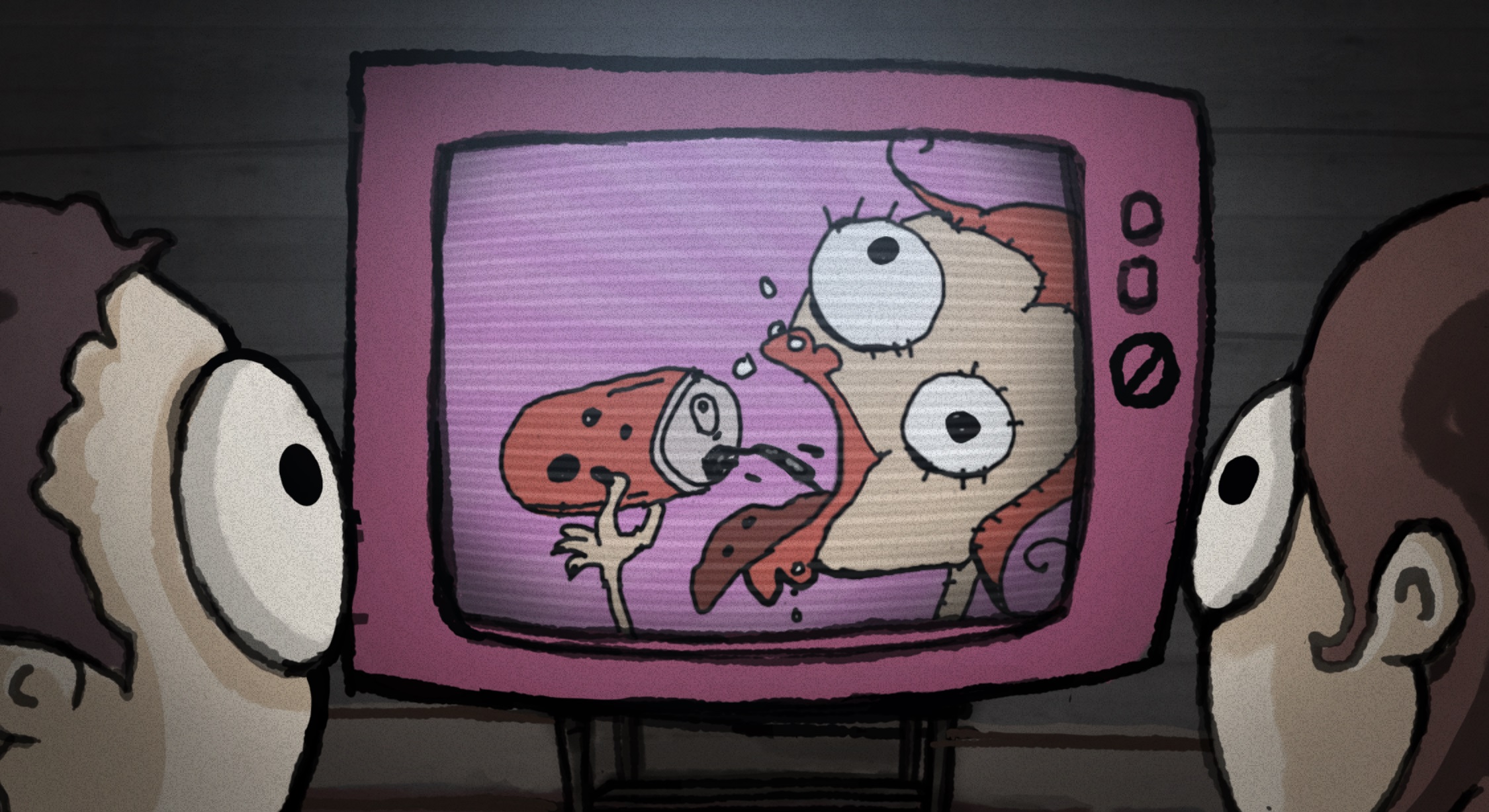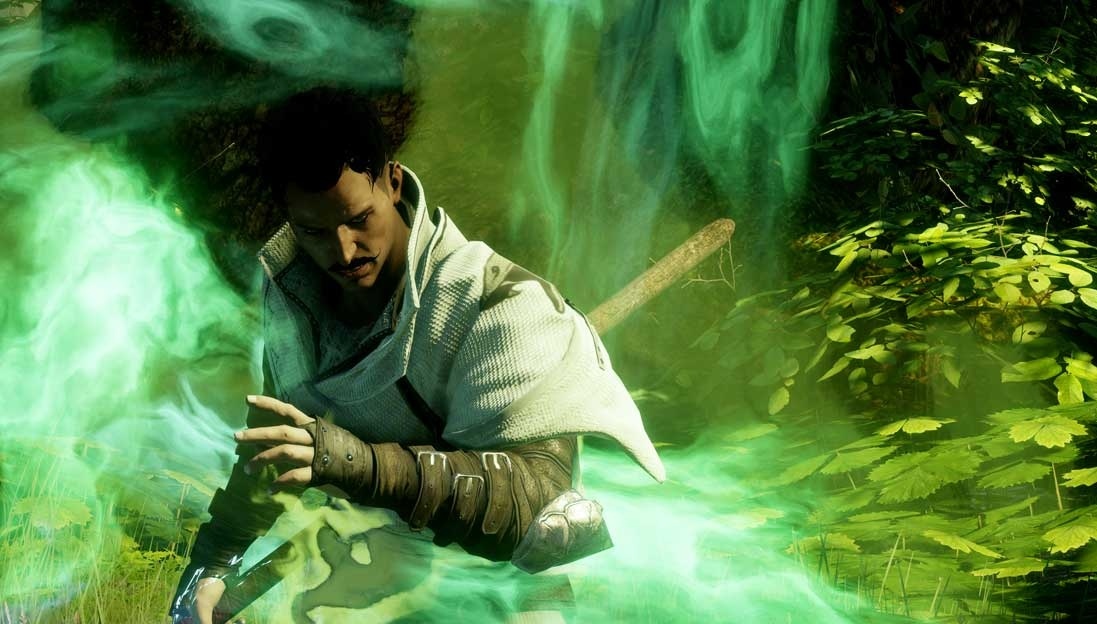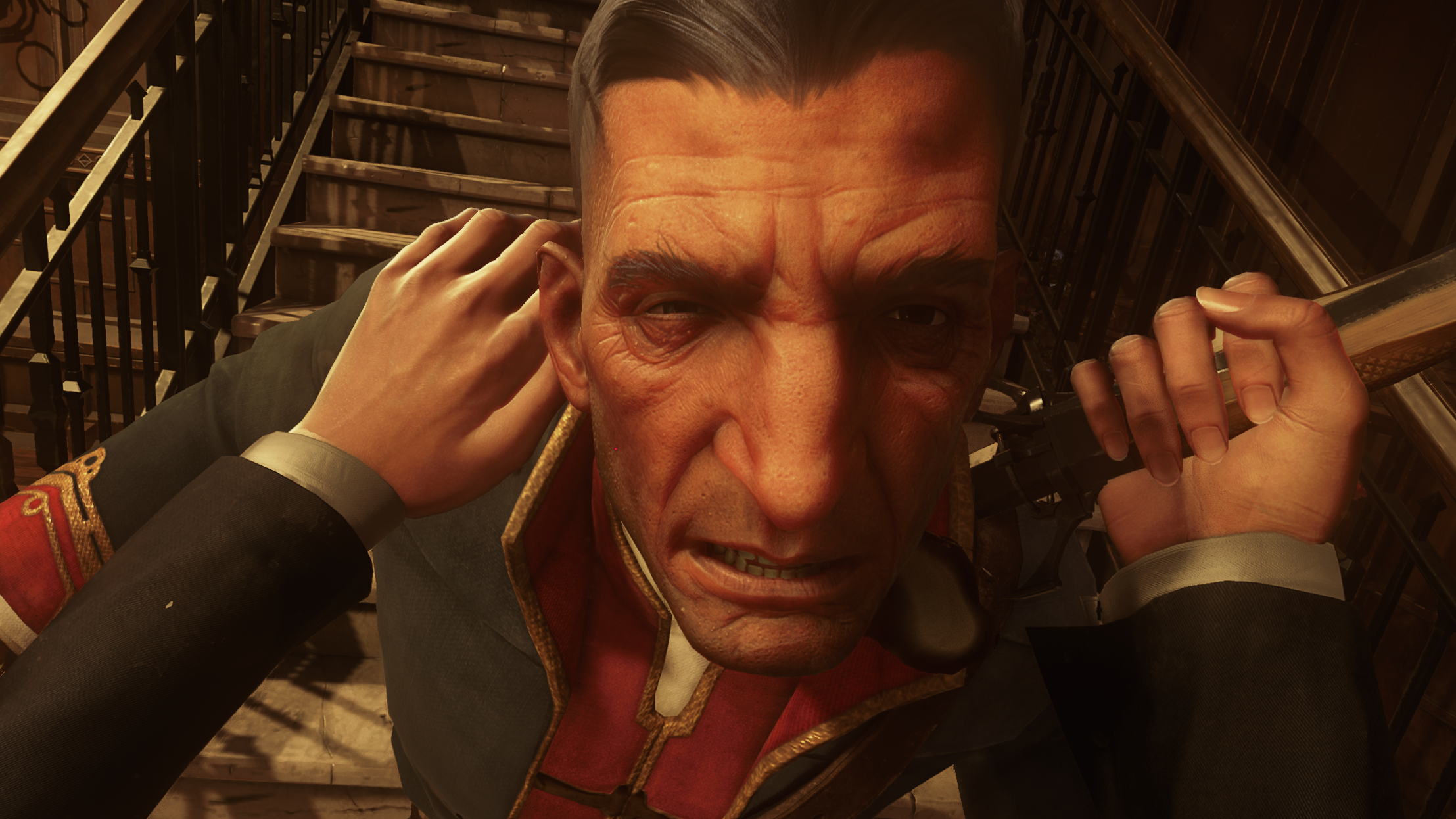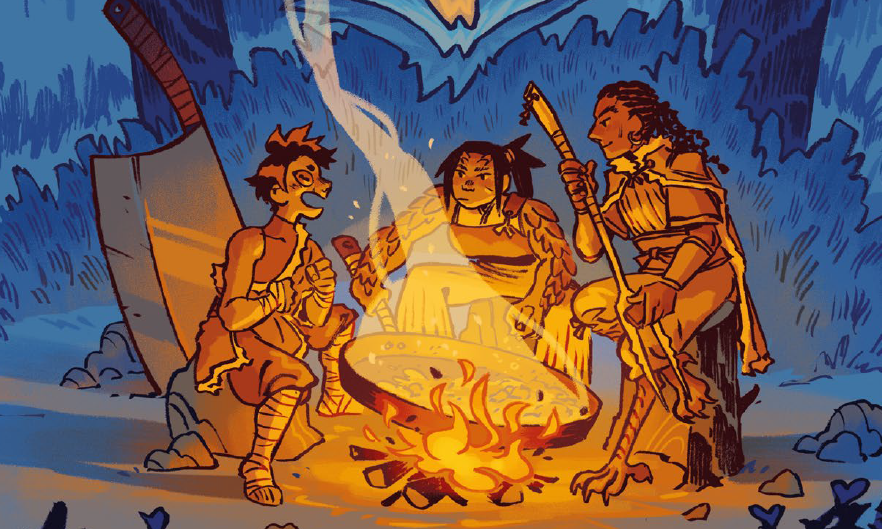
Goo-d enough for two.
What is it? A physics-based puzzle game with a delicious gooey centre.
Expect to pay £23.79/$30
Release date August 2, 2024
Developer 2D BOY
Publisher Tomorrow Corporation
Reviewed on Intel i9-13900HX, RTX 4090 (laptop), 32GB RAM
Steam Deck Unsupported
Link Official site
It’s been 16 long years since World of Goo squidged its way into our hearts and hard drives. The much-loved physics-based puzzle game was one of modern indie gaming’s earliest and biggest successes. But a lot has changed since then.
Polished games from unfamiliar studios with barely a dozen staff members aren’t some headline-grabbing curiosity anymore; they’re absolutely everywhere, all the time. My PC. My Steam Deck. My phone. They’re often discounted and bundled up and at times even given away for free. Who needs more World of Goo, then, when the original was lovely and creative and very much done and dusted years ago?
Me. I do. We all do, really.
(Image credit: 2D Boy)
Playing this game is a lot like catching up with an old friend. It looks, feels, and plays in much the same way it did before. Everything from the artistic stage select design to more than a few goo types, environmental hazards, and puzzle pieces call back to the original gooey head-scratcher. Even the little time rewinding bugs have returned (thank goodness), making it easy to either try out a few wild ideas or finally perfect a tough segment. Within moments it was as if not only had the game never been away, but I’d never stopped playing it either.
And because of that, clearing the first few challenges wasn’t just easy—it almost felt instinctive. There I was, watching towers of goo dangerously sway as I grabbed and built and stretched an increasingly wobbly mass towards the exit pipe that would suck it all up and end the level, same as last time. Just like the ancient past of 2008, sometimes I needed to hook balloons onto my goo lattice to move it around, flipping it over and over to “walk” it across the landscape or encourage it to roll in a particular direction. At other times I needed to set something on fire, or watch out for drafts. There are a lot of obviously recycled ideas in here.
Good.
(Image credit: 2D Boy)
These old favourites don’t exist in an innovation-free vacuum, but are mixed in with high-speed train rides, little boating expeditions, tense journeys through the dark, and even a spot of goo-themed golf. So whenever an old concept makes a comeback, it feels like the welcome return of a good idea, a greatest hits compilation of some of the finest puzzling PC gaming has ever seen. Goo 2 isn’t rehashing old favourites because it’s out of ideas (some of the new goo types lead to some incredible and unsettling puzzle solutions—I’ll never forget slowly forcing a giant goopy mass through some painful spikes using expanding goo balls), it just wants to show us a good time, while offering a few amusing signposts and cutscenes filled with pointed comments on corporate greenwashing, commercial minded environmentalism, and the cynicism of sustainable capitalism along the way.
This good time is elevated by generous flexibility. The goo is as pleasantly tactile as ever, a fun substance to play with no matter how well you’re doing. It’s always satisfying just to imagine something and then try to build it, even if the dangling mound of goo balls I ended up with wasn’t the most efficient use of my time and resources. Tough challenges for each stage are always available, and entirely optional. It was up to me if I ignored them completely, came back to some of them later on, or refused to move on until I’d cleared them all in a single run.
I didn’t even have to clear most of the stages at all unless I wanted to, the vast majority of levels only a couple of clicks away from being skipped without judgement. Maybe I didn’t fancy this puzzle right now. Maybe this particular area’s puzzle theme didn’t do anything for me. Maybe I just want to open everything up right away and then dive into whatever I felt like taking on today, happily saving the rest for later like the treats they are. Being able to mostly choose what I played and when helped to smooth the frustration and restarts that can come with something as potentially woolly and unpredictable as a physics-based puzzler. Did I find one level to be a little too highly-tuned for my tastes or current lack of patience? Then I didn’t have to play it.
(Image credit: 2D Boy)
Unfortunately I couldn’t ever escape the odd background colour choices used for many areas. Lots of places used a light hazy wash of something nonspecific as their backdrop, which looks great in screenshots but meant the helpful white lines used to indicate exactly how the floating balls of goo connect were often hard to make out. In most levels this was an annoying lack of contrast, and meant it sometimes took longer than necessary to build a solid bridge of goo. In others it was a challenge run ending issue, and something that surely should’ve been picked up on before I got anywhere near the game.
But this was honestly the worst thing I found in Goo 2, and even when it did cause me problems I was generally having too much fun to really mind the odd stumble. It’s a clever, surprising game that celebrates all the goo that came before and all the goo here now. It’s goo[d] to be back.





